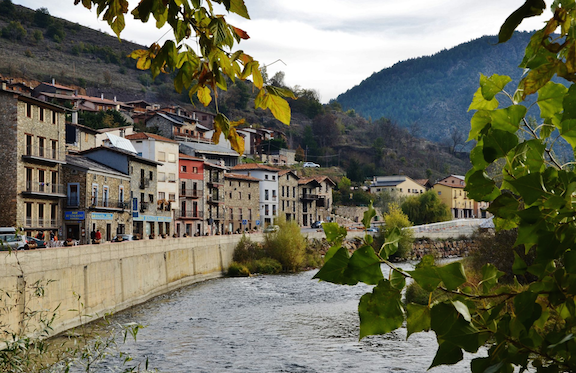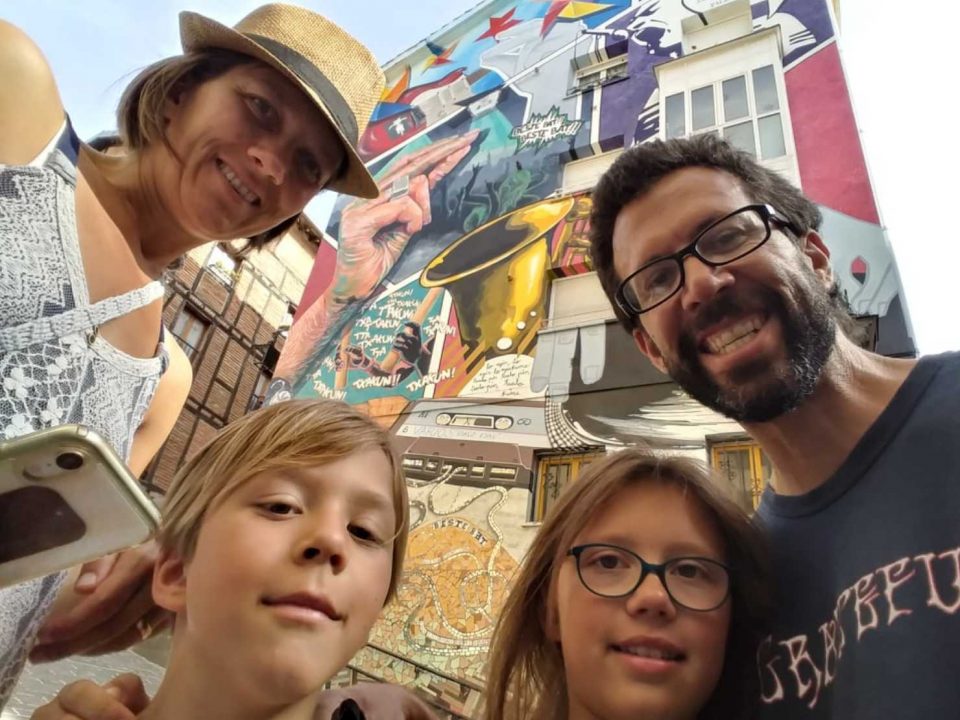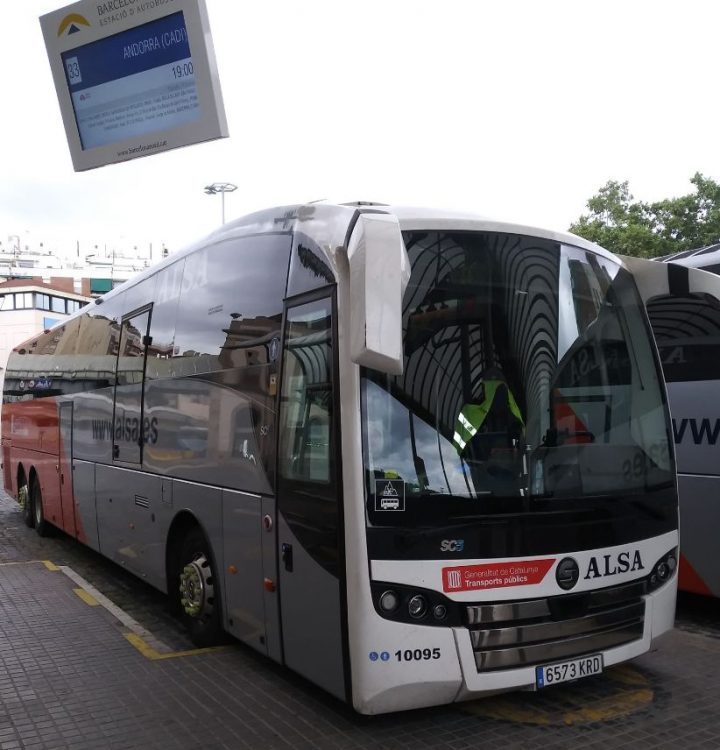
Caravanning with kids: 7 tips for surviving the European rest stops
July 27, 2018
Celebrate with Papa’s Gnarly Enchiladas
September 20, 2018As much as it pains me to tell you this, I’m going to tell you right up front that my ongoing saga with the Spanish bureaucracy of immigration remains just that: ongoing. The good news, however, is that you may stand to benefit, because my source of grief might just be your source of amusement.
So it was just a few short months ago, back in May, that my wife got her official Spanish residency, not including a work permit, which means we can continue to work remotely without having to file taxes in Spain. This was the document we’d been waiting for. So we took our binder of documents to the local cop shop, about 20 minutes from home. And then this happened.
Now fast forward to last month. Amidst another lightning round of automotive issues resulting from an unusually severe period of Mercury retrograde, I was able to catch a bus to Lleida where I had an appointment in the wrong building. A dear friend and native Catalonian was kind enough to meet me there to help convey some of the more sensitive details without losing anything in translation. Good thing too, because our local police had given us a number to call to make the appointment, and it had indeed taken me to the wrong building, where they do process residency matters but only for European citizens.
Not to worry however, because the right building was only just next door. So we walked out one door and back in another door, only to find ourselves in the right building. To our pleasant surprise, this building was not staffed by officers in uniforms with intimidating office furniture and authoritarian ambience like the other. A change that I, for one, found very reassuring.
Better still, we were able to get in without an appointment. A casually attired and haphazardly shaven young gentleman sat us down immediately to review the minutia of my case. Instantly, he surmised that mine was no ordinary situation. Apparently, most Americans don’t seek residency through being married to a non-Spanish European citizen with Spanish residency. Now say that five time backwards and you begin to appreciate how perplexed our friendly bureaucrats can become.
So then he asked whether we we’d gotten married in the U.S. or in Germany. The look on his face when I told him Denmark. He actually had to step away from his desk to go speak to someone with a higher security clearance or something. He returned quickly with the good news: yes, I can still get in with a Danish marriage certificate.
But seriously, the real good news, he actually had a sheet of paper for me which listed everything I needed to bring for next time, when I come back with an appointment. Simple as it sounds, such a clear explanation of what I need had never been provided before. So this alone was worth the two hour bus ride.
Essentially, there was only one thing missing in my immigration binder, which has already begun to look like the ten-part sequel to Don Quixote, with its girth and heft. So there’s a thing called the Document of Cohabitation that we had never even heard of, available from of local town hall. We had already been to the town hall back in October, when the four of us registered ourselves as living at our current address. But it turns out there’s a separate document to say that all four of us live together, and we needed that if I wanted to apply for residency on marital grounds.
But the next step was to set the date for my following appointment in Lleida, which with any luck, could be my last. Sadly, the helpful man at the desk was not able to make an appointment for me. Instead, we had to call a number, and leave our number, and then they’d send us a text with an appointment. If the time of the appointment is no good, you have to call back, and repeat this process until you’re satisfied. It took us just two phone calls, and now I have an appointment for Sept. 17.
All I needed to do now was get my Document of Cohabitation from our local town hall. Our village of Bar, with its 10 or 15 houses, doesn’t really have its own town hall, so it’s a 10 minute drive to El Pont de Bar, whose town hall serves several small villages in the vicinity. We already knew about this. We also knew that the tiny building is open only one day a week. So we drove over there first thing Tuesday morning, and saw the sign on the door that said they were closed until Sept. 18.
Well, this sort of knocked the sauerkraut out of me. But, what the heck, life up here in the Pyrenees moves at a pretty slow pace. That’s all there is to it.
When we shared the story with another of our local friends, she enjoyed a good chuckle. But you don’t have to wait all summer to get a piece of paper from the town hall, she told us. Then she went ahead and called her friend at her town hall, in Martinet.
And the next day the gang of us headed down to Martinet (pictured above) to talk with the town secretary who had the document printed up within minutes. Then she got on the phone to try and find the mayor of Bar, so we could drive up to his house for his signature, or whatever we needed to do. When he wasn’t at home, she tried him on his cell. Just our luck, he was in El Pont de Bar at that very moment, pruning some grape vines, so I could drive straight there and meet him at the town hall. It’s about a 10 minute drive up the canyon between the two villages, and so off I went.
I have to admit, I was a bit nervous, driving off by myself to meet the mayor, especially with my Catalan skills being what they are. When I pulled up to the town hall right behind him, I saw he had his wife and kids—or grandkids?—waiting with him in a small Citroen hatchback. We exchanged greetings and I told him I had my Document of Cohabitation, which of course he already knew.
So I began to take the document from my binder, and he waved his hand. No, we’ll do this inside. Then he unlocked the building, and we went over to the office, where he opened a door, turned on the light and picked up a pen. He proceeded to provide me with his flamboyant signature, then he put down the pen, turned out the light, and closed the door. I thanked him and drove off. It’s funny how easy they can make these things if they want to.
FURTHER READING: For more entertaining tales of cultural assimilation, check out some of the following articles.





